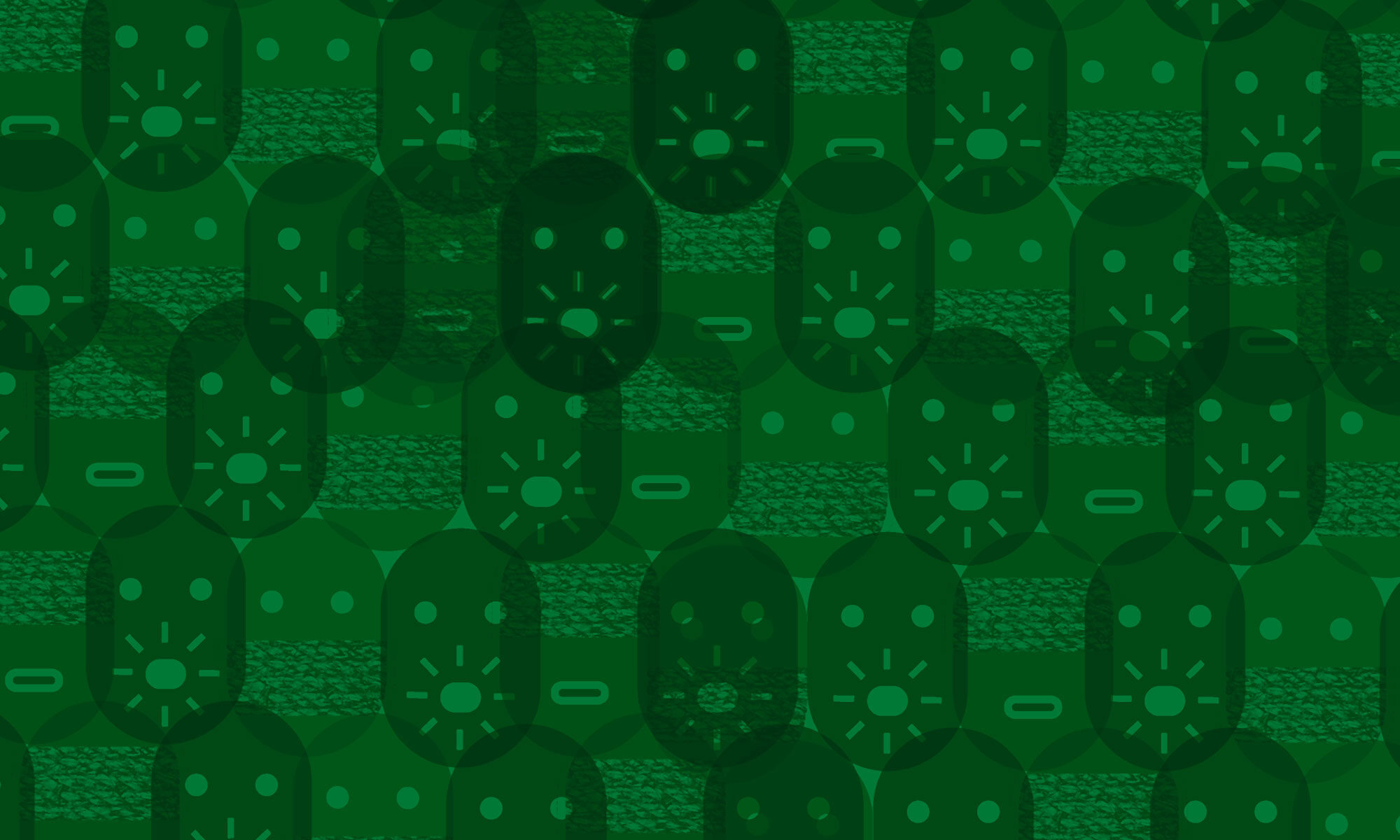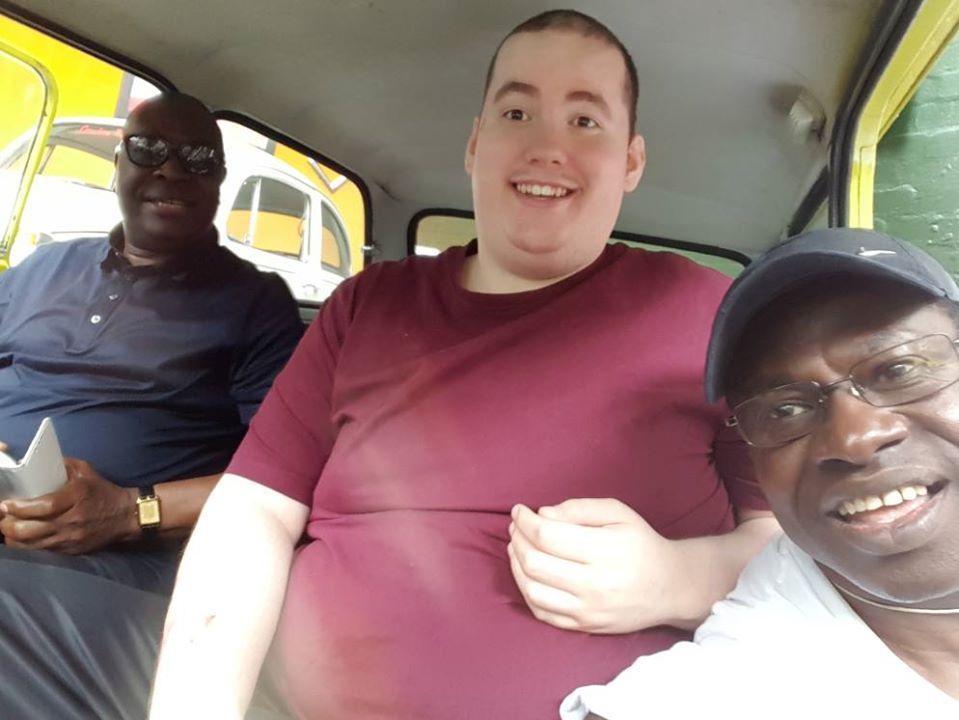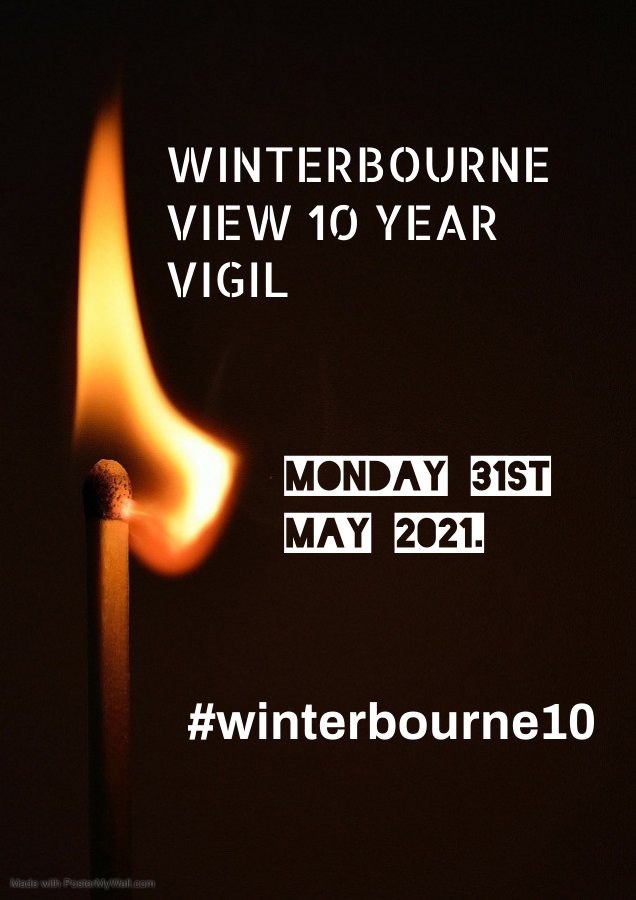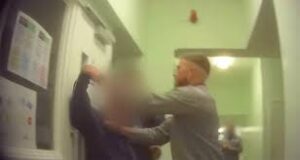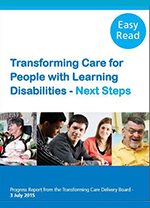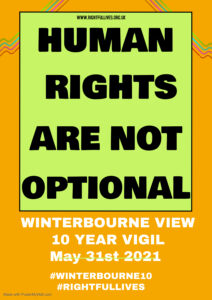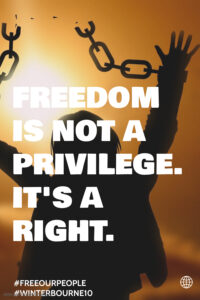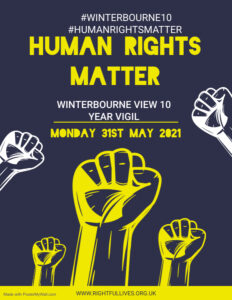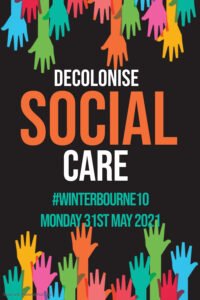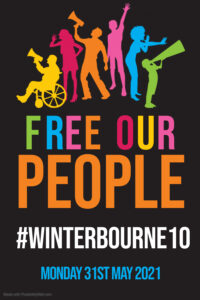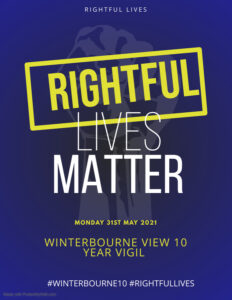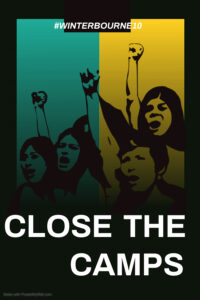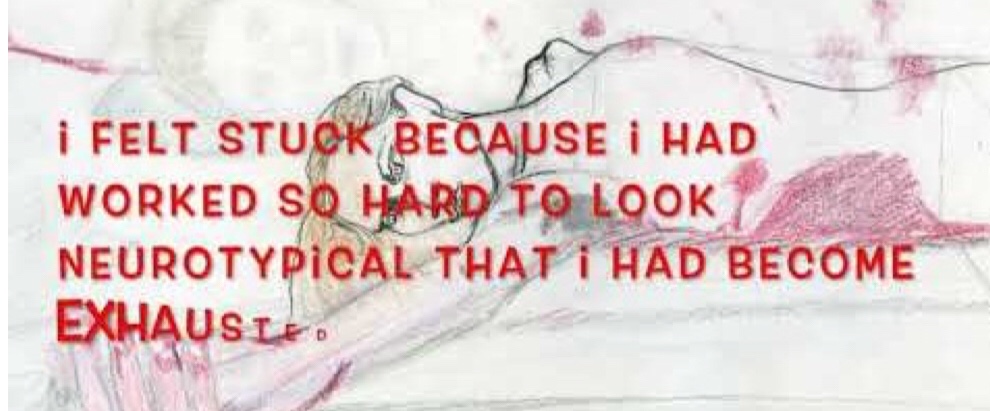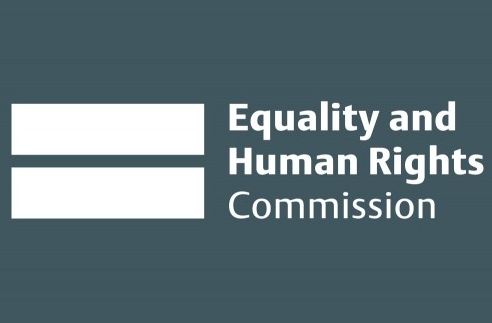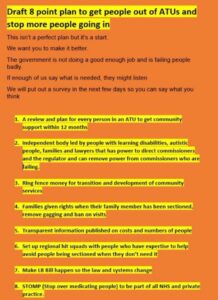Many people who belong to the Rightful Lives community have been unimaginably impacted by the provision in the MHA to inappropriately detain autistic people and people with learning disability for ‘treatment’. Autism and learning disabilities are not mental health conditions and cannot be treated. Therefore, the detention and consequent restraint of people with learning disabilities and autistic people are unacceptable, abusive, and traumatically life changing. Many people have sadly died.
For many people with learning disabilities and autistic people timely, and appropriate community-based provision is difficult to access. For this reason, so many people become distressed and can reach crisis point. Then, people and families require urgent support which they do not receive. Medically understanding distress too often results in detention in traumatic mental health hospitals or Assessment and Treatment Units. This is wrong. However, Rightful Lives fears that without the right community provision in place and without the right ‘crisis’ support in place, some may be forced down a forensic pathway or made homeless. These are all terrifying symptoms of a lack of community support and care from those paid to help.
At Rightful Lives, we believe that changes to the Mental Health Act are absolutely necessary to ensure that people cannot be detained for treatment. However, we also recognise that by removing the means to view autism and learning disabilities through a medical lens, there may be a spike in other unfavourable consequences (such as those mentioned above). This is because, without investment in community services, people will continue to be unsupported and so distress is horrifyingly inevitable. We urge our community to consider how we can hold our government to account so that we do not suffer further or worse outcomes.
We believe that any changes to the Mental Health Act must be accompanied (and preferably preceded) by an investment in the right community care and support. This should consist of housing, workforce, community services and crisis care, and must include an investment in autism diagnosis in the community. Considering the many previous failures to achieve this, local actions must be closely monitored, funding ringfenced and audited, and outcomes evaluated over time. There must be accountability for services that fail to comply. An independent and rapid pathway for people and families who need to raise concerns must be established to assist with this. There must also be ongoing monitoring of standards in community care to ensure that people live good lives and are not, for example, merely existing in mini-institutions within the community.
We also suggest that, for the autistic and learning-disabled population, the government must measure:
· numbers in prisons to ensure there isn’t an inverse increase when the provision to detain in psychiatric settings is removed (this has happened before, see Penrose Hypothesis);
· the numbers of homeless people;
· suicide rates;
· those situations whereby an autism diagnosis is removed and the additional instances of co-occuring diagnoses.
· the number of DoLS applications to detain people in hospitals with fewer safeguards and no right to s117 Aftercare, and
· the number of community placement breakdowns by provider.
There should be proper planning for those already detained in hospital when the changes take place.
Finally, the interface between MHA and the Mental Capacity Act must be properly articulated, especially as both Acts are being amended.
We also believe that people with lived experience should be at the heart of deciding all future actions for change. This group, more than any other, understands the failings in the current system and what actually works. A diversity of ‘voices’ are also necessary. It is not ok to simply invite those to the table whose rhetoric is consistent with the prevailing narrative – let’s embrace a variety of views to enhance debate.
We know that community support will not magically be improved when the provision to detain is removed. We must act now to ensure appropriate safeguards and not bury our heads in the sand.
It starts in the community and it ends in the community.
